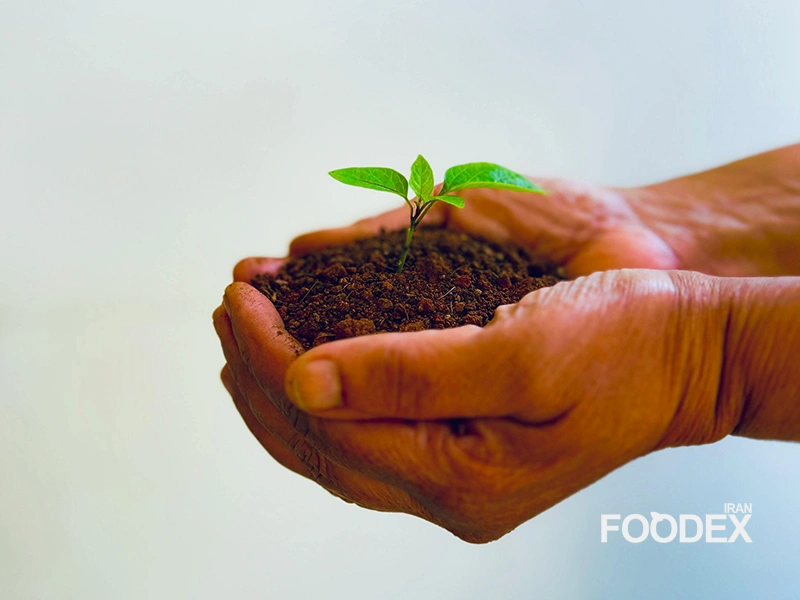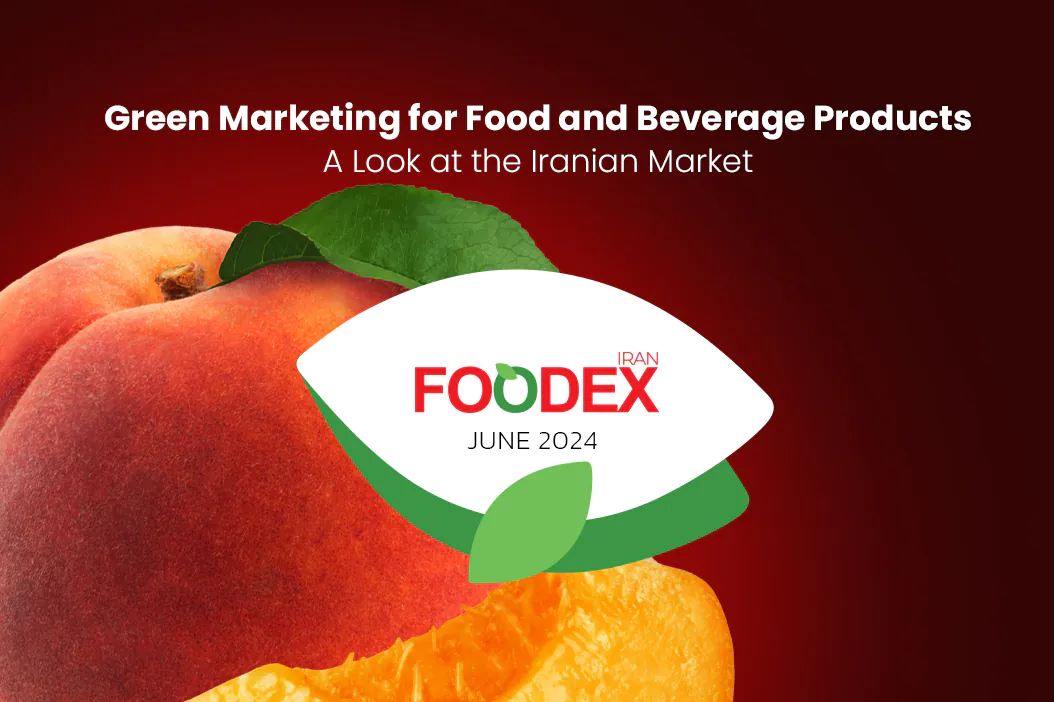What Green Investment Means for the Food Industry
Green investment involves the provision of funds to activities, projects, and companies involved in the environmental sustainability and preservation of natural resources. For the food industry, this may be the most important response to environmental impacts connected with the production and distribution of food. Carbon emissions reduction, water usage efficiency, and active management in food are the urgent need for sustainable ways by which the food sector will have to meet growing demands amidst environmental challenges. In this blog by Foodex Iran, we will go through the Green Investment concept in the food industry.
A Brief History of Green Investment in the Food Industry
The concept of green investment originates from the 1970s and 1980s through SRI. Investors began to avoid industries considered harmful, such as tobacco and weapons manufacturing and started looking for eco-friendly alternatives. During the 1990s, as awareness of climate change and the impact of the food industry grew among the general public, green investment became a necessity within this industry.
The 1992 Earth Summit in Rio de Janeiro institutionalized the concept of sustainable development into world discourse and marked a tipping point. This summit ushered in a change in investor behavior toward environmentally viable projects. Later, international agreements such as the Kyoto Protocol and the Paris Agreement provided the necessary legal and financial frameworks for green investments.
Green investments picked momentum during the 2000s and 2010s partly due to initiatives like Generation Investment Management co-founded by Al Gore and David Blood that helped green investments blossom across industries, including food. In addition, green bonds from the World Bank launched in 2008 played a very important role in stimulating green finances.
Green Loans and Financial Support: Food Businesses and Sustainability
Learn MoreKey Green Investment Opportunities in the Food Industry
Sustainable Agriculture
Within the biggest green investment opportunities in the food industry comes sustainable agriculture. This is farming that focuses on soil health, reduced chemical input, and better biodiversity. Others at the frontier of investment include precision agriculture-that involves farming with sensors and big data for increased productivity and many other cutting-edge technologies.
Food Waste Management
Food waste is the biggest environmental concern it is estimated that nearly one-third of the production of food all over the world is wasted. Moreover, one of the most crucial green investment opportunities is in technology capable of reduction or transformation into useful resources, like biogas or compost. The companies leading in the race are those capable of waste-to-energy or nutrient production.
Sustainable Packaging
Another big challenge is the packaging. Green investments in biodegradable and recyclable, eco-friendly packaging materials are revolutionizing the sector. Global brands are moving without plastics, and that trend is only increasing.
Eco-Friendly Agriculture in Africa
Learn MoreMajor Food Brands Investing in Green
Nestlé
Nestlé is considered one of the largest food companies in the world. It has just announced one of the largest green investments by far in regenerative agriculture and carbon reduction in its supply chain. It also wants to achieve net-zero emissions by 2050 and has already reached significant reductions in energy consumption and greenhouse gas emissions.
Unilever
Unilever is another green investment leader that has promised to use sustainable farming and recyclable packaging; it wants its entire portfolio to be carbon-neutral by 2039.
Danone
Danone is the giant for dairy and bottled water and has heavily invested in regenerative agriculture and efficient water management. The company is well underway in shifting its dairy supply chain to fully sustainable farming.
Challenges and Obstacles to Green Investment in Food Industry
While green investments are on the rise, challenges nonetheless beset it. The high upfront costs of implementing sustainable technologies can be really discouraging for investors. Besides, legal and regulatory complications can make the pace of development of green practices rather slow. Technological limitations in certain areas, like smart farming, also test the scaling of sustainable solutions in the food sector.
Standards and Metrics for Evaluating Green Investments
There are several global standards for the measurements and reporting of environmental performance, which allow companies to track their green investments. Among them, the most noticeable ones are the Global Reporting Initiative (GRI) and the Carbon Disclosure Project (CDP). Both frameworks call for comprehensive disclosure of the company’s environmental impact and related sustainability performance in a transparent manner.
The Future of Green Investment: Innovation and Emerging Technologies
With increased technology, for example, smart agriculture and alternative proteins are the hotbeds for green investment. Plant-based meats and lab-grown proteins have huge potential to minimize the environmental footprint of food production. Moreover, renewable energy used in the production process of food items will also be a cardinal to cut carbon emissions across the industry.
The Role of Financial Institutions and Investors in Sustainable Food Development
Global financial institutions and international organizations also join in the financing of green projects. The green bonds, issued by the World Bank and other agencies, similarly provide a big round of financial support to eco-friendly projects. Green investment funds, such as Rabo Food & Agri Innovation Fund, become important in driving sustainable food practices.
How Green Investment is Shaping the Future of the Food Industry
Already, green investment is transforming the future of the food industry. While on the one hand, the fast-growing consumer demand for sustainable products affords companies new opportunities in eco-friendly product alignment, on the other hand, the continuously reduced cost of implementing green projects through new technologies makes green investment increasingly attractive from a business perspective.
Recommendations for Food Businesses Looking to Attract Green Investment
Food businesses can attract green investment by building sustainability strategies into their operations. Key actions include improving supply chain transparency, reducing waste, and adopting eco-friendly packaging. Effective marketing of sustainable products is also one of the powerful ways to tap into the growing consumer demand for green goods and make your brand stand out in a competitive market.
Conclusion
Green investment today is one of the major tools to address the emerging environmental challenges in the food industry. Driven by a growing demand for sustainable products, new technologies open immense opportunities not only for businesses but also for investors. While some obstacles still remain-such as high costs and regulatory barriers future of the food industry undeniably belongs to sustainability, and therein lies the long-term reward for those who invest in green.
Sources
Global Reporting Initiative
Carbon Disclosure Project
Science-Based Targets Initiative
World Bank Green Bonds Reports
United Nations Environment Programme
Reports of Food and Agriculture Organization
Reports of Nestlé, Unilever, Danone
Ehsan Allahverdi
Executive Manager of Foodex Iran
Marketing Consultant for Leading Food & Beverage Brands
website | linkedin























